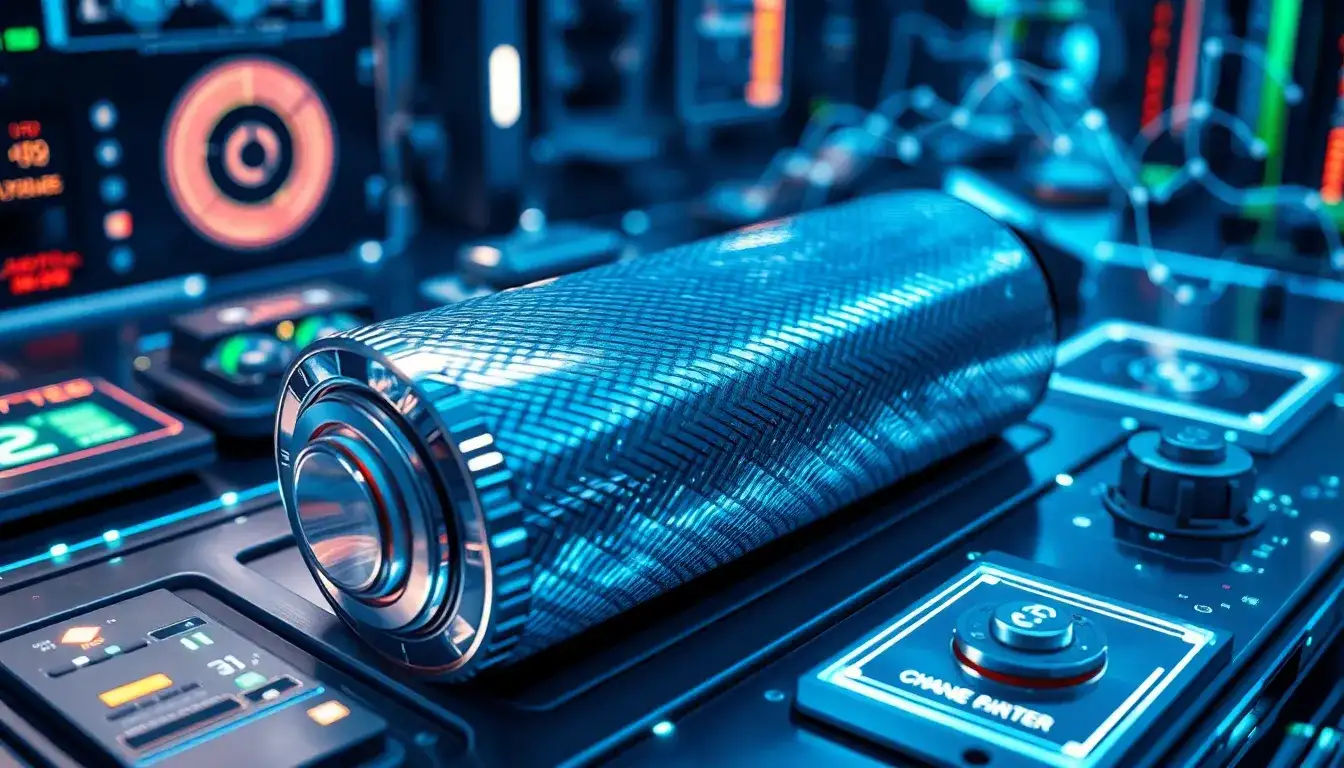Enhanced Texture Boosts Battery Performance
To develop the new batteries required for electric vehicles (EVs), mobile devices, and renewable energy storage, researchers have been investigating various materials, designs, configurations, and chemistries. However, one aspect that has historically been overlooked is the texture of the metals used.
“Soft metals like lithium and sodium have excellent properties for being batteries’ negative electrodes, with lithium considered the ultimate anode material for future high-energy rechargeable batteries,” stated UChicago PME Professor Shirley Meng, the Liew Family Professor in Molecular Engineering. “There is a gap in understanding the grain orientation, also known as texture, and how this factor impacts rechargeable metal battery performance.”
A new paper from Meng’s Laboratory for Energy Storage and Conversion, in collaboration with industry partner Thermo Fisher Scientific, has addressed this gap by demonstrating that enhanced metal texture significantly improves battery performance. This research was published in the journal Joule.
“In our work, we discovered that adding a thin layer of silicon between lithium metal and the current collector helps create the desired texture,” explained UChicago PME Research Associate Professor Minghao Zhang, the lead author of the study. “This modification improved the battery’s rate capability by almost ten times in all-solid-state batteries using lithium metal.”
Tweaking the Texture
The optimal texture for a battery anode is one that allows atoms to move rapidly along the surface plane, facilitating faster charging and discharging of the battery. “We realized that differences in the surface energy of soft metals can significantly alter their texture,” Zhang noted. “Since batteries utilizing lithium or sodium metal depend on these textures for optimal rate capability, our team explored whether modifying the texture of soft metals could enhance power densities.”
To investigate this, the team faced a challenge in microscopy. They combined milling within a plasma focused ion beam-scanning electron microscope (PFIB-SEM) with electron backscatter diffraction (EBSD) mapping, allowing them to study texture in innovative ways.
“Collecting texture information on soft metals is difficult, mainly due to the challenges in accessing the area of interest and the reactivity of lithium and sodium metals,” said study co-author Zhao Liu, Senior Market Development Manager of Thermo Fisher Scientific. “The PFIB-EBSD combination is well-suited for this study, as PFIB can effectively access the area of interest within the cell stack, producing a high-quality surface with minimal defects, while EBSD offers detailed texture information on the soft metal.”
The research team has partnered with LG Energy Solution’s Frontier Research Laboratory, which will work on commercializing the technology.
“LG Energy Solution actively seeks research collaborations to maintain a competitive edge in the rapidly evolving battery market,” remarked LG Energy Solution’s Senior Researcher Jeong Beom Lee. “As demand for electric vehicles and energy storage continues to rise, we recognize the importance of combining our manufacturing expertise with innovative research from universities to develop next-generation battery technologies.”
The researchers’ next goal is to reduce the pressure used during testing from 5 megapascals (MPa) to 1 MPa, which is the current industry standard for commercially available batteries. They also plan to investigate the effect of texture on sodium, which Meng has studied as an affordable and readily available alternative to lithium.
“Now that we understand how the texture forms in soft metals, we predict that sodium metal also prefers a textured form for rapid atomic diffusion,” Zhang said. “This suggests that using sodium as the anode in all-solid-state batteries could lead to significant advancements in future energy storage.”
Original article by NenPower, If reposted, please credit the source: https://nenpower.com/blog/improving-battery-performance-through-enhanced-metal-texture/



